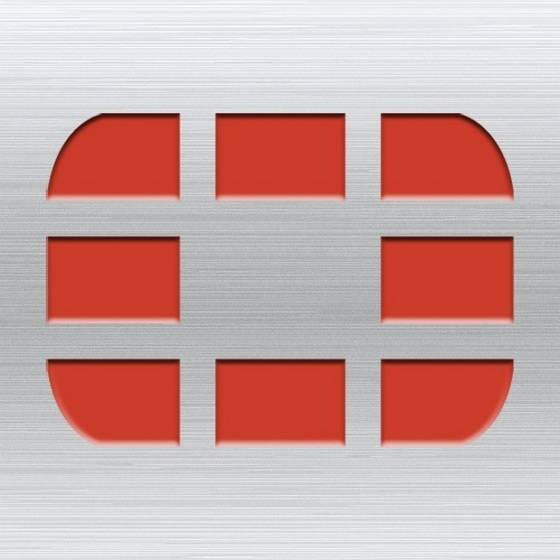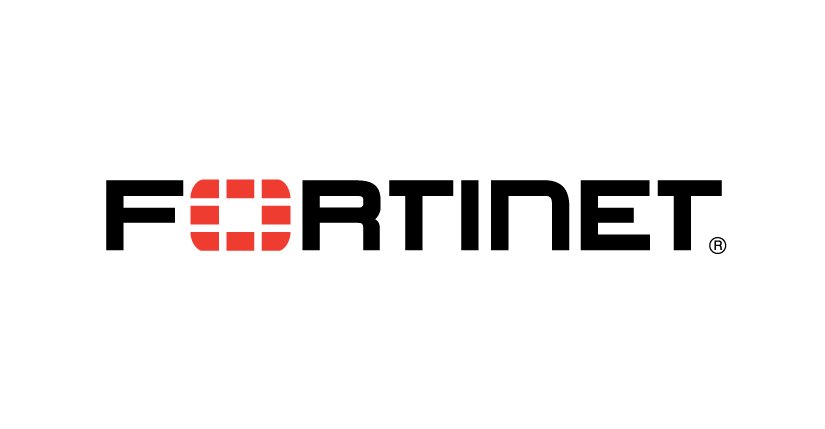
 As the 2015 New Year looms, Fortinet, a global leader in high-performance network security, and its threat research division FortiGuard Labs, have taken a look ahead to determine the most significant cyber security threats of the upcoming New Year – both from the perspective of a Black Hat hacker, as well as a Threat Intelligence solutions vendor. As the number of devices connected to the network increase, cyber criminals will continue to hone their prowess when it comes to IoT attacks and advanced evasion techniques, while also continuing to exploit large-scale server side vulnerabilities for financial gains and other nefarious purposes. Businesses and government organisations globally are at risk, as are consumers’ important personal information.
As the 2015 New Year looms, Fortinet, a global leader in high-performance network security, and its threat research division FortiGuard Labs, have taken a look ahead to determine the most significant cyber security threats of the upcoming New Year – both from the perspective of a Black Hat hacker, as well as a Threat Intelligence solutions vendor. As the number of devices connected to the network increase, cyber criminals will continue to hone their prowess when it comes to IoT attacks and advanced evasion techniques, while also continuing to exploit large-scale server side vulnerabilities for financial gains and other nefarious purposes. Businesses and government organisations globally are at risk, as are consumers’ important personal information.
Significant Trends and Cyber Security Threats from the Perspective of a Black Hat Hacker in 2015 Include:
• Blastware to Destroy Systems, Erase Data and Cover Hacker Tracks
This destructive new trend of malware, following Scareware and Ransomware could lead to the ability for hackers to infiltrate systems, gather data and then wipe out the information to on systems and hard drives to cover tracks and thwart forensics. FortiGuard Labs observed the first indications of Blastware in 2014, Dorkbot/NGRbot, where the hackers had code routines built in, that if altered, would self-destruct and wipe out all information on the hard drive. This is a direct counter response to the rise of incident response services. Fortinet predicts that APT developers will build in sophisticated self-destruct mechanisms in seek and destroy fashion that could hamper law enforcement and forensics efforts as these resources increase to fight cyber crime. Hackers may also seek to use these tactics for ransom – i.e. to destroy data if ransom isn’t paid in a certain timeframe.
• Hackers Look to Evade Law Enforcement, Frame the Innocent
As cyber crime increases, law enforcement practices to catch and penalise perpetrators increase with it. Thus, hackers must be more careful and calculated to evade arrest. In 2015, advanced evasion techniques will evolve in order for attackers to cover their tracks. To date, evasion has been currently focused on counter antivirus and intrusion prevention/antibotnet. Fortinet predicts this will evolve with a focus on Sandbox evasion. In addition, similar to counter intelligence, it is possible that attackers will frame the innocent by throwing more red herrings into their attacks to thwart investigators and intentionally planting evidence that that point to an unassociated attacker.
• Internet of Things Becomes Internet of Threats (IoT)
In 2014, we saw an interesting shift – namely Heartbleed and Shellshock – focused on server side vulnerability and exploitation. Looking forward to 2015, we fully expect this trend to continue in an alarming way as black hat hackers pry open the Internet of Things. Hackers will continue to follow the path of least resistance as more and more devices are connected to the network. Vulnerabilities that Black Hat hackers will look to exploit will include Consumer home automation and security systems, as well as webcams, which we are already beginning to see. On the Enterprise side, Network Attached Storage and Routers will continue to be targets, as will critical infrastructure such as Human Machine Interfaces (HMI) and Supply Chain systems, which will create significant problems with third-party components and patch management. Common malware distributed and sold will include SCADA functionality, such as Havex’s OPC routine that would fingerprint devices used in industrial networks, and report this back to users.
• Denial of Revenue/Data Breaches Continue and Expand
2014 is becoming known as the “year of the data breach,” with significant thefts from stores like Target, Michaels, P.F. Changs and Home Depot in the USA. FortiGuard predicts this trend will continue in 2015 as hackers become more sophisticated and find new loopholes for infiltrating retail and financial systems. In the New Year, damages will also extend to denial of service on assembly line, factory, ERP/SAP systems, as well as healthcare and building management, creating even more challenges in the way of critical consumer data compromises, revenue losses and reputation damages for organisations globally.
• Rise in Counter Threat Intelligence
Crime services and solutions have already supported QA for malware, including sample scanning. Fortinet predicts this to extend to support QA for threat intelligence and undetected coverage for indicator of compromise (IOC) in 2015. As crime services extend their research and coverage, hackers will utilise the same type of processes for determining the best ways to bypass security systems. For example, current crime services scan malware against vendors’ capabilities to stop it, and give them a score result. As vendors expand from malware detection to threat intelligence correlation, criminals will work to counter this movement with the same type of approaches to find out if their botnet infrastructure is flagged in other intelligence systems as well, and work to hide their tracks.
Actions Threat Intelligence and Network Security Vendors Must Take in Order to Protect Against New Threats:
• Actionable Threat Intelligence
Security vendors are overloaded with threat intelligence, but technology must integrate to automate protection against that intelligence and not rely on administrative decision. In 2015, cyber security vendors and managed security solutions will make an even greater push toward actionable threat intelligence, with proactive services that filter data that matters and alerts clients to their potential vulnerabilities and protection measures, prior to an attack. A vendor’s ability to ensure interoperability between different security products as well as networking, computer, storage and end devices on the network will be a key to success, by helping to create a “self-healing” network similar to SDN.
• Proactive Incident Response
Incident response to date has generally been reactive. Moving forward, proactive response will significantly reduce damages that organisations will face in future. The selection of third-party vendors that provide more secure development through Product Security Incident Response teams, as well as deep threat research, will limit breach scenarios before they happen. Two-factor strong authentication will increase in 2015 as one simple and cost effective proactive measure, while vendor incident response services will grow to help clients when they are under attack.
“FortiGuard Labs has been monitoring and detecting cyber threats for over a decade, to ensure Fortinet customers are protected and the industry at large is more aware of looming dangers,” said Derek Manky, global security strategist at Fortinet. “Our white hat threat researchers step into the black hat world on a daily basis and think in tandem with the enemy, to help protect against the enemy. In 2014, we saw an interesting shift focused on server side vulnerability and exploitation with the likes of Heartbleed, Shellshock. Looking forward to 2015, we fully expect this trend to continue in an alarming way as black hat hackers pry open the Internet of Things. As threats move to attack new product and software solutions, organisations are at even greater risk. It is imperative they choose not just a security solution, but a proactive and intelligent solution, to protect them from the broad breadth and depth of growing attacks that firewall solutions alone will not stop.”





